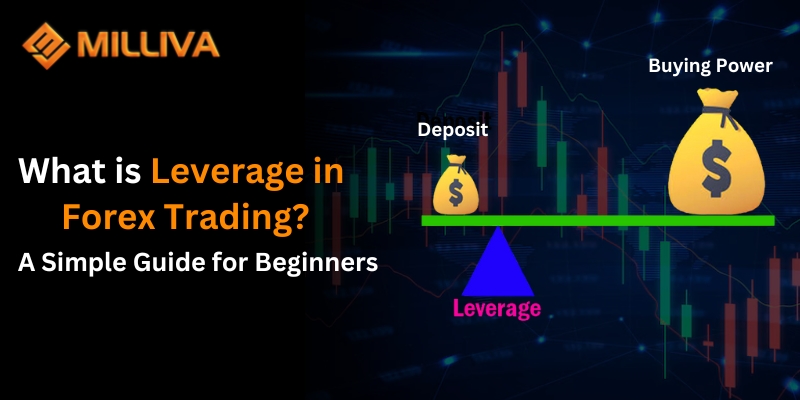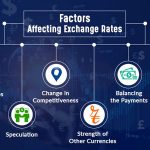Everything you need to know about inflation in forex

![]()
What is Inflation?
The loss of a currency’s relative purchasing power over time referred to as inflation. The increase in the average price level of a basket of chosen goods and services. Over time in an economy can provide a quantitative approximation of the rate at which the reduction in buying power happens.
A unit of currency effectively buys less as a result of the increase in pricing. Which sometimes stated as a percentage. Deflation characterized by an increase in the purchasing power of money and a decrease in prices.

The Roots of Inflation:
Inflation caused by a rise in the supply of money, albeit this can happen through a variety of economic causes. The monetary authorities can boost a nation’s money supply by:
printing additional currency and distributing it to people
legally depreciating (decreasing) the value of the money that is legal tender
Acquiring government bonds from banks on the secondary market. In order to create new money as reserve account credits through the banking system.
In each of these scenarios, the money ultimately loses its ability to buy things. Three different sorts of inflationary mechanisms identified as a result of this: demand-pull inflation, cost-push inflation, and built-in inflation.
Input-Output Effect:
When the overall demand for goods and services in an economy grows more quickly. Than the ability of the economy to produce them, this is known as demand-pull inflation. This raises demand, which causes price hikes.
Positive consumer mood increases spending when people have more money. Which raises prices because there is more of a demand for goods and services. Higher demand and a less adaptable supply lead to a demand-supply mismatch, which raises prices.
Price Push Effect:
Cost-push inflation is a result of price increases spreading through the inputs used in production. Costs for all types of intermediate goods increase when more money and credit are directed toward the commodity or other asset markets, particularly when this is accompanied by a negative economic shock to the supply of important commodities.
These changes drive up the price of the final good or service, which in turn drives up consumer pricing. For instance, the cost of energy for all types of usage may increase and contribute to rising consumer prices, which is represented in many measures of inflation, when the expansion of the money supply causes a speculative boom in oil prices.
Internal Inflation:
Adaptive expectations, or the notion that individuals anticipate the current inflation rates to persist in the future, are related to built-in inflation. The cost of goods and services is rising, and as a result, workers and other people begin to demand higher costs or wages in order to maintain their quality of living. The cost of goods and services rises as a result of their increasing earnings, and this wage-price spiral keeps going as one element drives the other and vice versa.

Visit us on: www.milliva.com






Why is the inflation rate important to traders?
02nd Jul 2022[…] When inflation lowers, on the other hand, the central bank tends to cut interest rates. They do this to make money available to individuals and businesses. This leads to increased expenditure, which raises the rate of inflation. This, however, does not always occur. […]
US dollar performance throughout 2021
07th Jul 2022[…] things that might favorably effect a US dollar projection. However, the combination of Omicron and inflation concerns ensures that uncertainty persists. Let’s take a deeper look at some of the aspects […]
what are the Effects of Inflation on the Economy?
06th Nov 2022[…] businesses can keep adding employees as long as their margins increase. The complete opposite of inflation is deflation. In this circumstance, product prices are going down. If the cost of gas drops by $10 […]
How Does Inflation Affects Financial Markets?
08th Dec 2022[…] either good or bad, but it completely depends on the circumstances. As a consumer, you tend to fear increasing inflation, because it increases the cost of living. But normal inflation drives economic growth, which raises […]